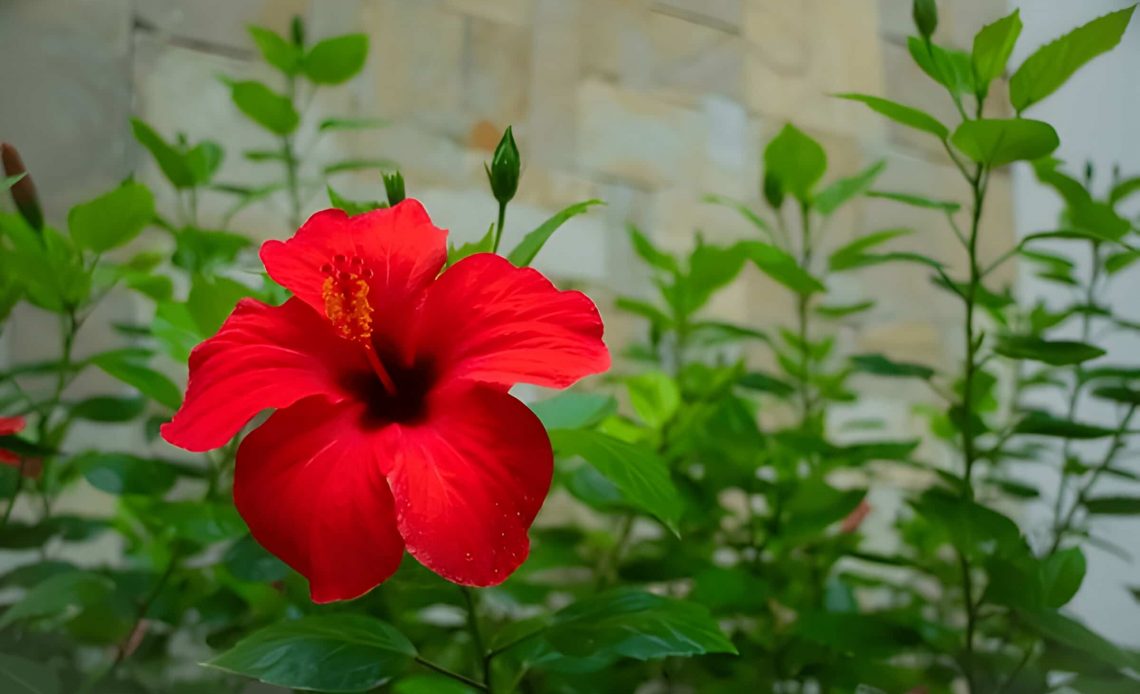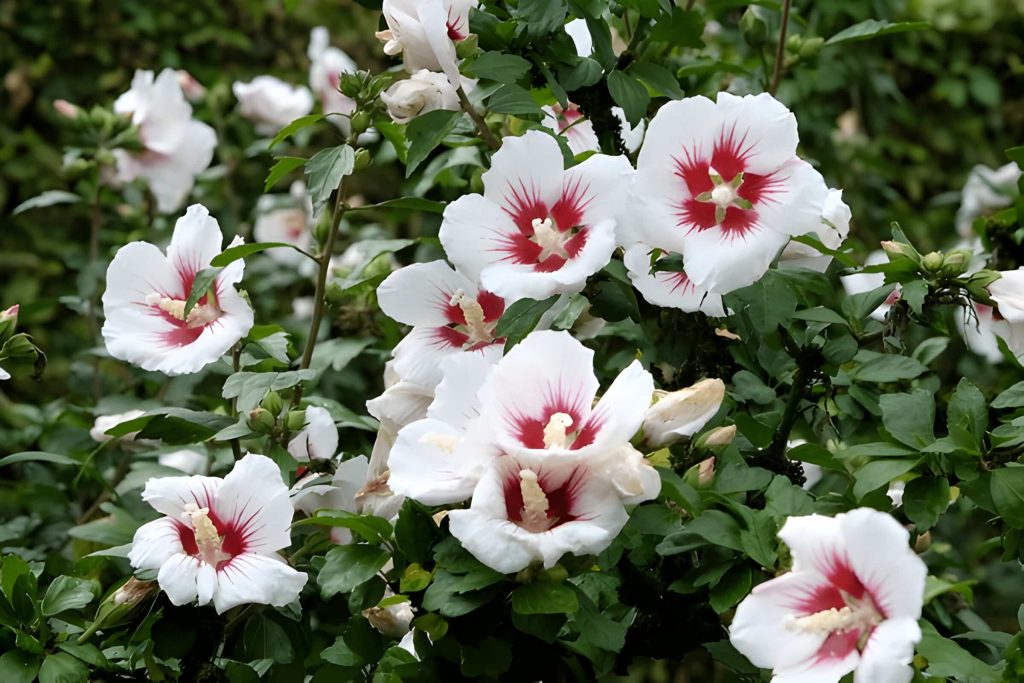
The meaning of the hibiscus flower is rich and multifaceted. Often associated with tropical paradises, this stunning bloom carries a wealth of symbolism. Frequently linked to feminine beauty and grace, the hibiscus’ elegant form and soft colors mirror qualities often attributed to womanhood. Beyond its association with femininity, the hibiscus also symbolizes passion and love, with the red hibiscus particularly known for conveying strong romantic feelings.
Meaning of The Hibiscus Flower

Feminine Perfection
Traditionally, the hibiscus flower has been closely associated with the ideal of a perfect wife or woman. Its graceful form and soft hues mirror the qualities often attributed to femininity. The hibiscus represents a blend of strength, gentleness, and beauty, making it a cherished symbol of womanhood.
Embodying Delicate Beauty
Beyond its association with feminine perfection, the hibiscus flower is celebrated for its delicate beauty. Its intricate petals and vibrant colors create a visual masterpiece that is both enchanting and ephemeral. The hibiscus serves as a reminder of the fragility and preciousness of beauty in all its forms.
The Fleeting Nature of Glory
While the hibiscus is a symbol of beauty, it also carries a deeper meaning. The flower’s relatively short lifespan mirrors the transient nature of fame and personal glory. Just as the hibiscus blooms brilliantly but briefly, so too do human achievements often fade with time. This poignant symbolism encourages us to appreciate the present moment and find lasting value beyond fleeting accomplishments.
Hibiscus Flower Symbolism
The hibiscus, with its vibrant hues and delicate flower petals, has captivated cultures worldwide. A testament to its allure is its status as the unofficial national flower of Haiti. Ironically, while the yellow Hawaiian hibiscus (Hibiscus brackenridgei) now proudly holds the title of Hawaii’s state flower, its native cousin, the red hibiscus (Hibiscus kokio), once reigned supreme. This botanical shift mirrors the transient nature of fame itself.
Often compared to the grace and fragility of youth, the hibiscus has become a symbol of young womanhood. Its ephemeral bloom, much like the fleeting years of adolescence, serves as a poignant reminder of life’s impermanence and the beauty found in each passing moment. Beyond its aesthetic appeal, the hibiscus carries deeper cultural significance. In many societies, it represents a harmonious blend of beauty, passion, and resilience. Its ability to thrive in diverse climates is a metaphor for adaptability and strength, qualities often associated with the human spirit.
Hibiscus Flower Color Meanings

Just as different flowers carry distinct meanings based on their color, so too does the hibiscus. The color of a hibiscus flower can significantly impact its overall symbolism.
Red Hibiscus
This vibrant hue represents passion, love, and desire. Its symbolism often aligns with romantic love and deep affection, making it a popular choice for expressing these emotions.
Pink Hibiscus
Pink hibiscus has a meaning associated with gentleness, femininity, and platonic love. Often, it symbolizes friendship, admiration, and caring.
White Hibiscus
This color typically represents purity, innocence, and new beginnings. Its symbolism aligns with spiritual purity, peace, and fresh starts.
Yellow Hibiscus
Yellow hibiscus has a meaning connected to happiness, cheerfulness, and friendship. It can also symbolize optimism and a bright outlook.
Purple Hibiscus
This regal color often represents royalty, luxury, and mystery. Its symbolism extends to wisdom, spirituality, and the extraordinary.
Hibiscus Flower Facts

- The hibiscus is the unofficial national flower of Haiti, reflecting its cultural importance.
- While the yellow Hawaiian hibiscus is the current state flower, the red hibiscus was originally chosen for this honor.
- Many hibiscus species have medicinal properties, with their flowers, leaves, and roots used in traditional medicine.
- Hibiscus flowers are edible and used in various cuisines, with hibiscus tea being a popular beverage.
- There are over 200 different species of hibiscus, showcasing a stunning variety of colors, shapes, and sizes. This diversity contributes to the hibiscus’s global appeal.
- Hibiscus plants provide nectar for pollinators like butterflies, bees, and hummingbirds, making them essential for maintaining ecological balance.
- Some hibiscus species, like kenaf, are used in paper-making, showcasing the plant’s versatility beyond its ornamental value.
